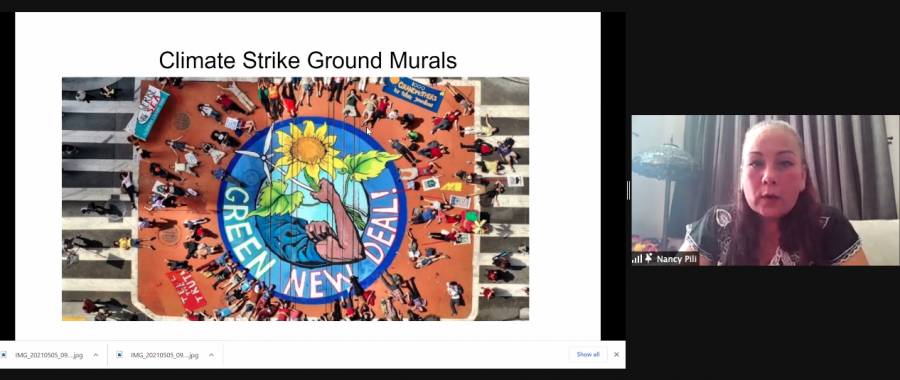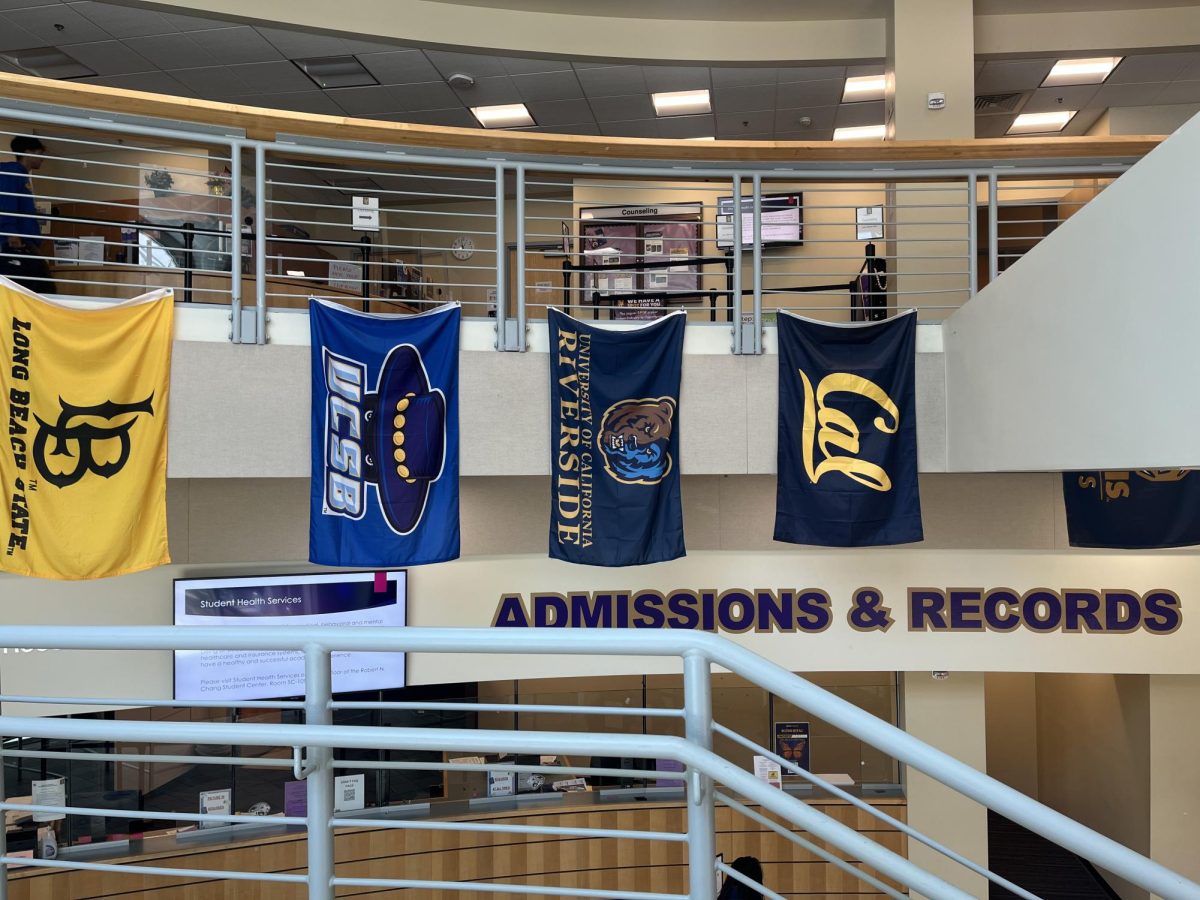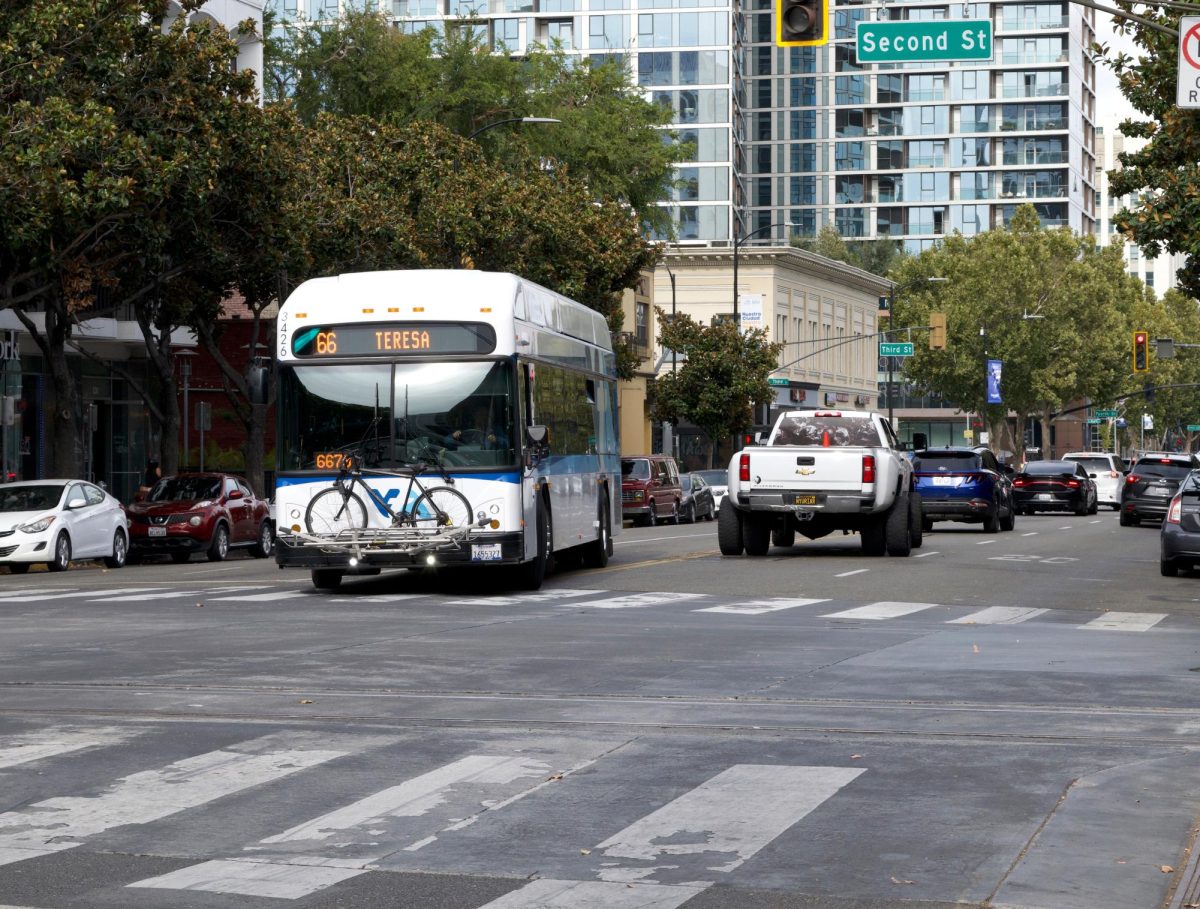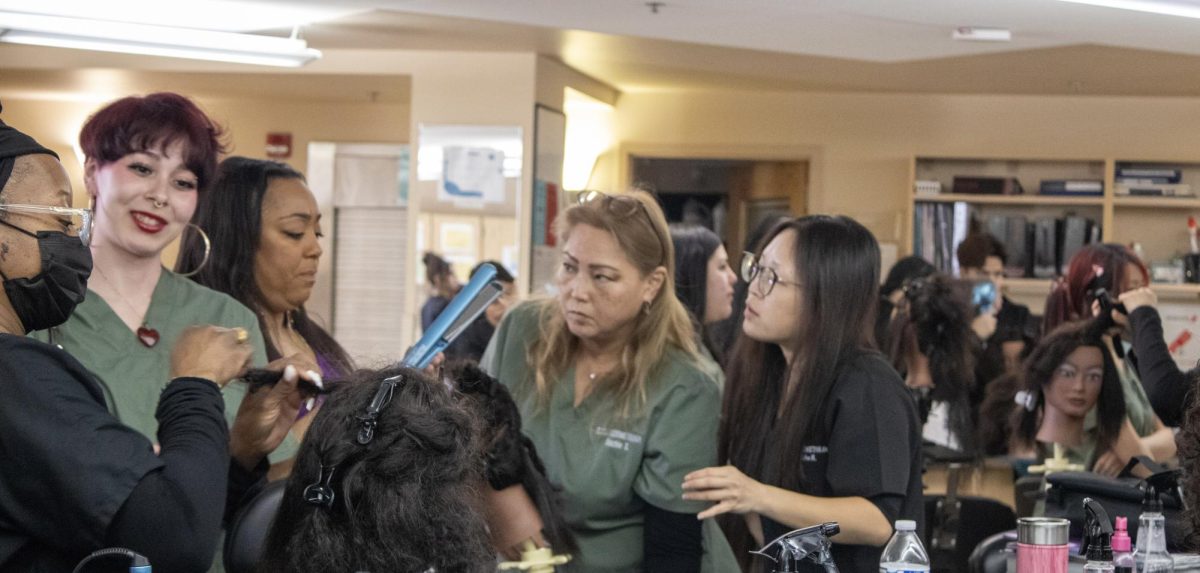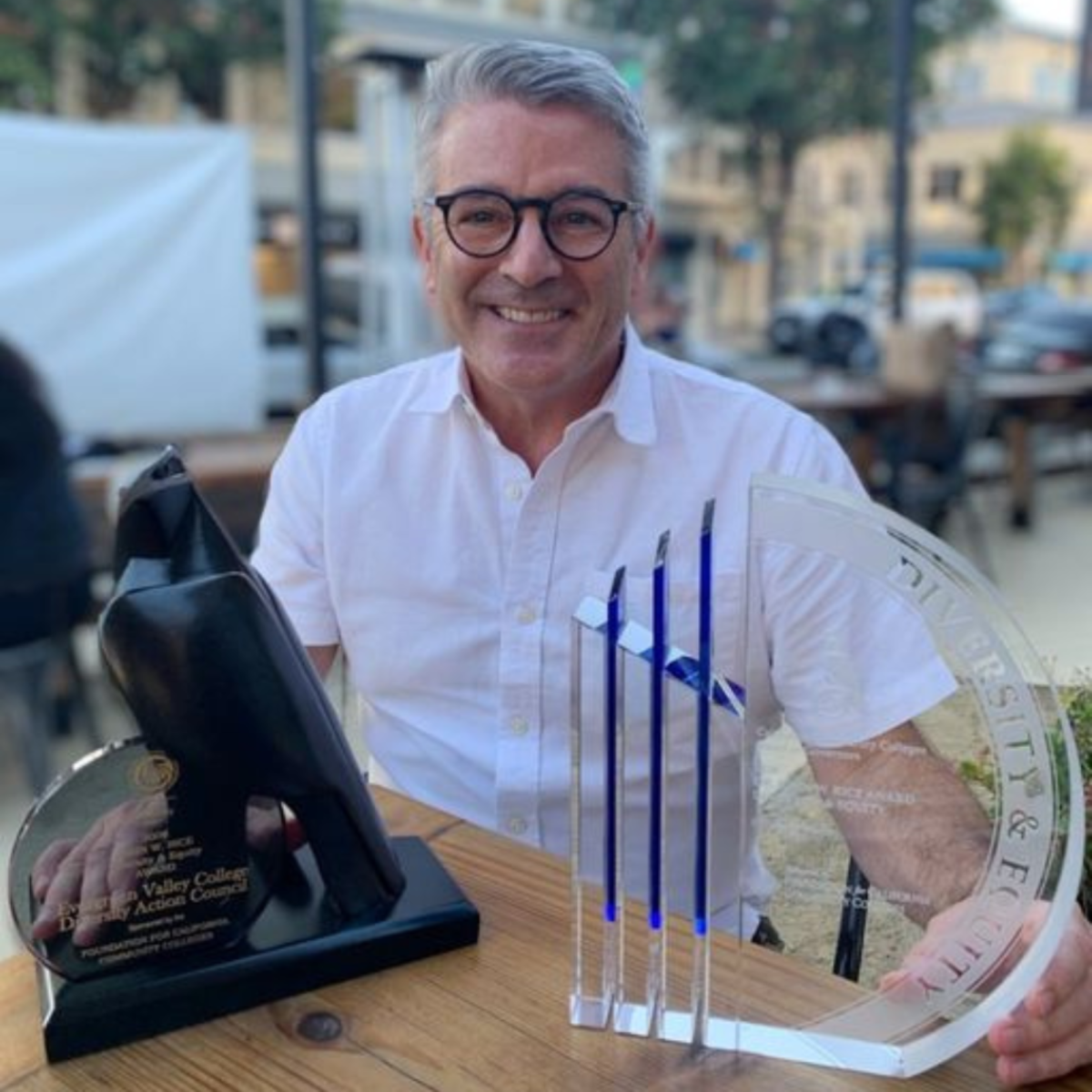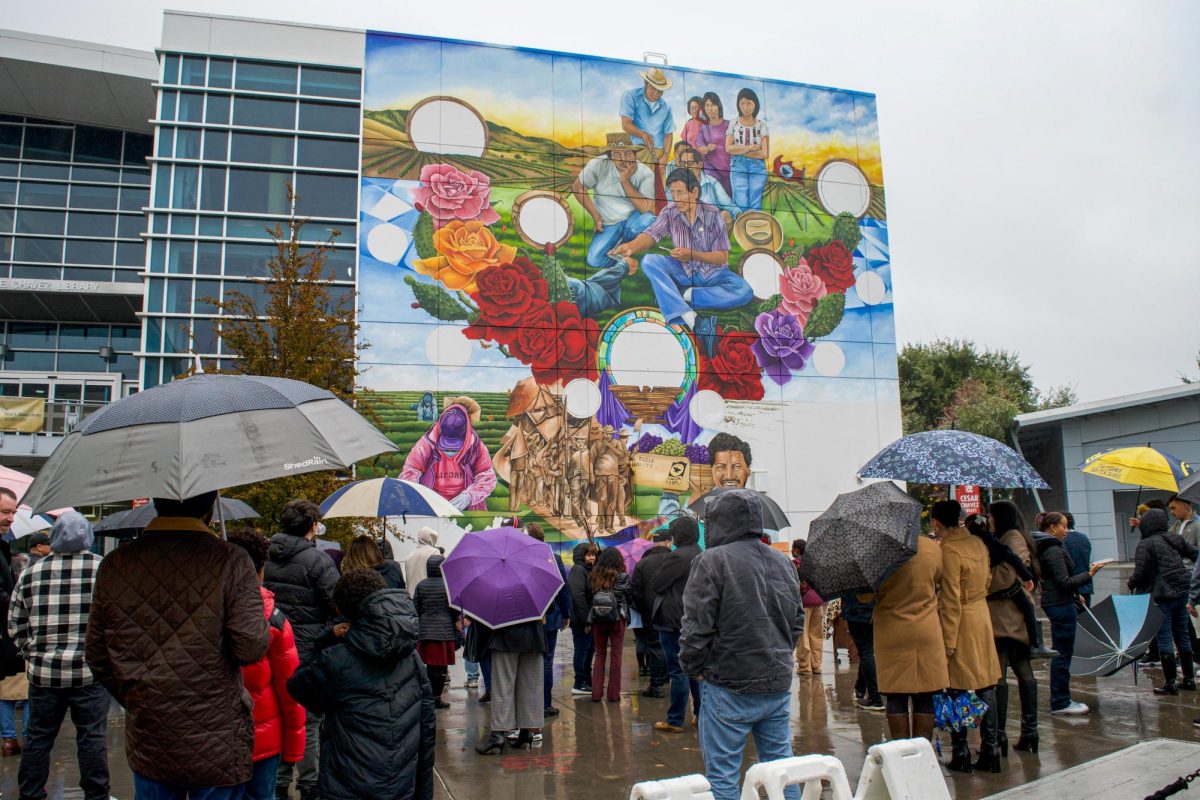MECHA gave Chicana activist Nancy Pili a platform to speak on the work that can be done by incorporating art with activism over Zoom on May 5.
Pili’s work as a moralist and identity as a Chicana led her down a path of activism that incorporated art for rights that she said mattered to her.
“Protest that I’ve been part of that has 10,000 or 20,000 marching on the street, but if it’s on a Saturday and we don’t cause trouble, then things go on as usual,” Pili said
“When we’ve been able to march directly to a destination, call attention to a specific issue those actions have been more effective,” Pili said
One of Pili’s most notable acts of rebellion was the time she climbed a crane that held a large banner that loomed over the White House that read “resist.” This event was live streamed and lasted 18 hours on top of the White House a day after former President Donald Trump was inaugurated.
Pili and the small group that protested with her gained notoriety from this act.
“Part of any action is to show up,” Pili said, “also action is in your daily life, where do you invest your money? Where do you shop? Who are you supporting? What industries are you fueling?”
Pili informs her audience of West Coast banks that use client money to support pipeline projects. Banks such as Wells Fargo, Chase and Bank of America use client interest rates to fund pipeline supplies and cover security that protect workers that take Indigenous land.
Pili said the main way she tends to protest this was to use art as a means to bring awareness to this issue. Her and a large group of protestors from different backgrounds blocked Montgomery street, which is known as the Wall Street for banks.
In this occasion, rather than a demonstration, they also used action.
“This protest is an example of an action where individuals showed up at the target and the location where the problem is being funded and took their money out of the bank,” Pili said.
Besides only taking money out of banks, Pili and others used art as a means of protest as well. They did so by beginning to paint the street with morals by these individual groups that are a call to action about different issues.
These morals were being done while protesters blocked the street for the art to be done in front of the Wells Fargo headquarters. These groups are those part of the Amazon, local artists, and faith leaders.
Pili made it known that the paint was clay paint blessed by the indiginous people, coating the concrete with earth.
“Civil disobedience is the tactic of picking specific laws that are unjust and then breaking them,” Pili said.
Pili’s work in protest and art have mostly gone hand in hand in her book as she’s participated in many protests; she makes it a point in her talk to use every day as a chance to stand for something you can make a change in.

